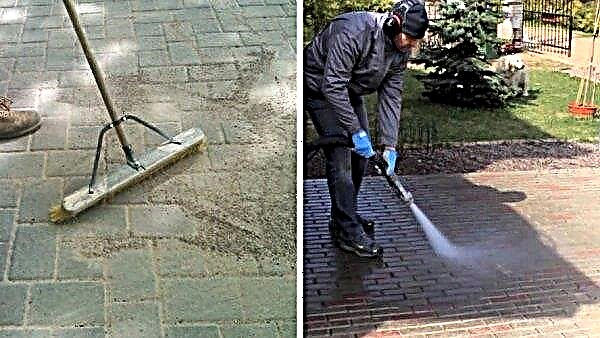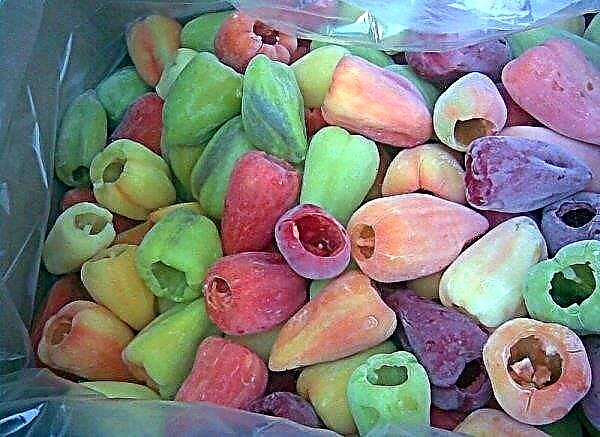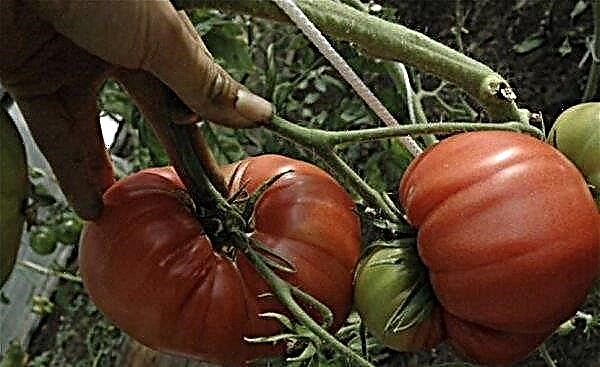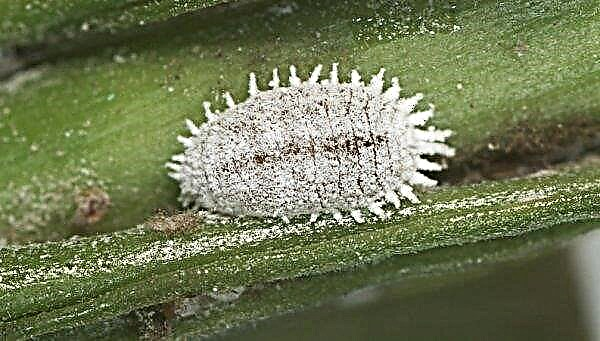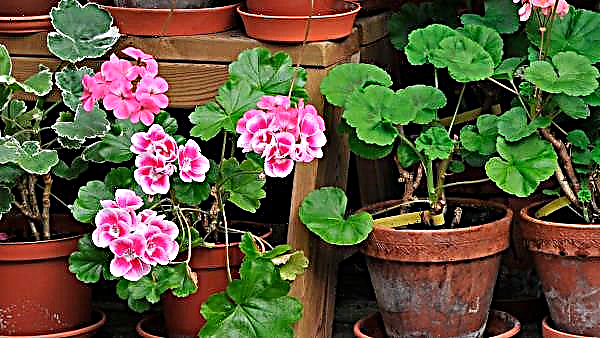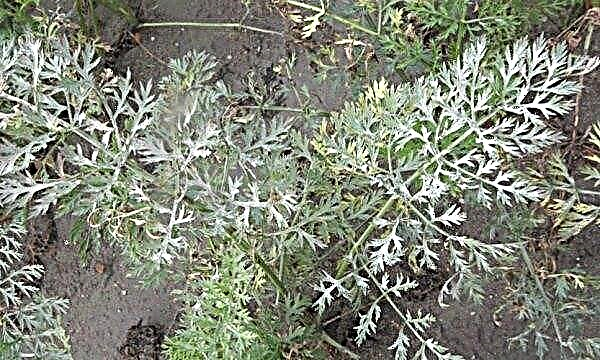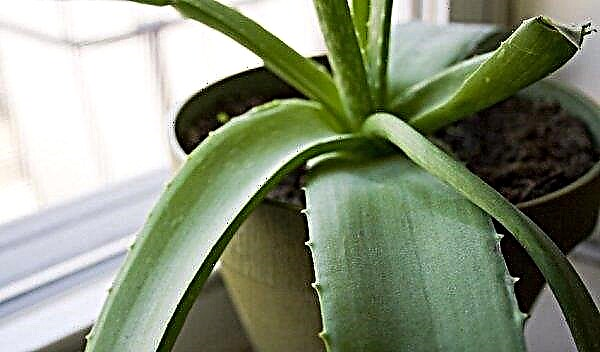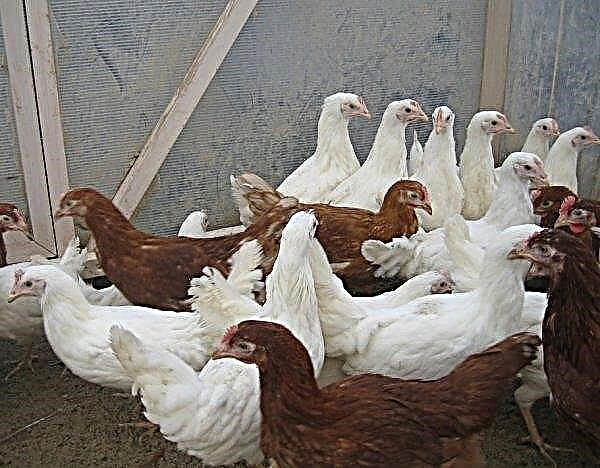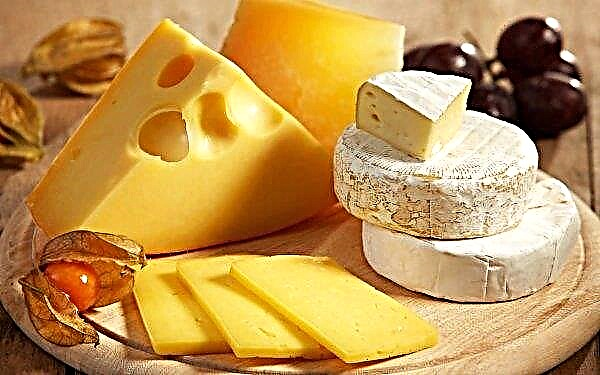It is difficult to imagine effective apiaries on which modern technologies and innovations are not used to one degree or another. The latest developments of geneticists and pharmacists in the field of veterinary medicine, engineering innovations and the painstaking work of breeders can not only get rich honey collection, but also minimize human participation in the bee community.
Important! Bees partially reuse wax, which increases productivity and the delivery of honey.
The main current trends
New technologies in the modern beekeeping industry improve the technical part of the work, while minimizing the negative impact on natural processes.
The key areas that affect technological modernization include:
- enlargement of production;
- research in the field of selection of working insects, uterus;
- new design solutions for the release of hives;
- replacement of manual labor by mechanized methods;
- nomadic method of work;
- development of new methods of protection against infections;
- new techniques to prevent swarming of bees;
- attraction of scientific technologies to the industry;
- integration into related agricultural sectors;
- uheffective and rational use of bee products.

Honey collection automation
Removing honey from beehives is the most time-consuming and long-term procedure in beekeeping, consisting of disassembling the beehive, removing bees, printing honeycombs with honey and using a centrifuge of the honey extractor. In 2015, the Flow project was presented, developed by Australian beekeepers Anderson (father and son), who created a plastic frame of a special design, consisting of partially formed honeycombs.
Did you know? Hippocrates, the founder of modern medicine, lived to be 109 years old, regularly and abundantly eating honey.
Bees fill honeycombs with honey and seal them. When the Flow framework opens in the middle, the sweet substance flows out of two rows of honeycombs, with no additional exposure of the bee colony to smoke. When the honeycombs are closed, the bees immediately begin collecting nectar and re-fill the cells.
Through a transparent window, you can observe the condition of the cells and accurately determine the collection period of the product. The above novation is good not only because it allows you to get a beekeeping product without additional labor costs, without disassembling the hive and creating additional stress for the bee family with a fumigation procedure, but also with affordability.
Safe Disease Control
Bee disease is the scourge of beekeeping. Huge amounts of money are being spent on preventive and curative measures, which, unfortunately, does not always lead to a positive result. The situation is aggravated by a large number of individuals in a limited range and space, and this creates an epidemic threat.
Major studies are underway to find safe and effective drugs, vaccines, and methods for controlling and protecting insects from infections and viruses. Topical are developments in the field of laboratory rapid diagnostics of diseases of honey insects.
Important! In the Mannapov frame, natural ventilation occurs and the correct temperature regime is maintained on an ongoing basis.
Varroa mite causes irreparable harm to apiaries, being a source varroatosis - a disease that affects a bee at all stages of development, from larvae to a working insect, uterus, drone. In a short period, the disease spreads to healthy families. Currently, American scientists are working on a special element.
The claimed novelty is an environmentally neutral, degradable frame, inside which there is a special heating element. When it is warmed up, male mites must be sterilized, which will lead to the rapid and complete extinction of parasites. This innovation will allow avoiding quite harmful and not always effective methods of chemical exposure.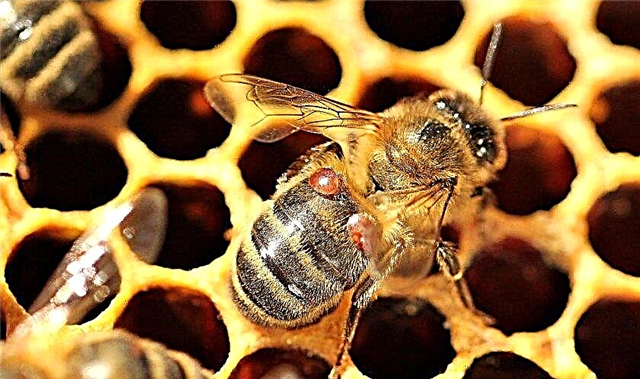
New technology for the removal of uterus
Breeding research and development is an integral companion of the beekeeping industry in the modern world. The phenotype (commonality of external and internal signs of an organism acquired as a result of individual development) of bees of the present period is significantly different from the previous ones.
The most significant achievements of biologists in relation to queen bees include:
- increase in uterine productivity;
- life cycle prolongation;
- more shortened time intervals during the reproduction of the bee family;
- frost resistance.
Achievements of domestic beekeepers
It is worth considering in more detail the developments in the beekeeping industry of domestic specialists-beekeepers.
Innovative frame
Scientist, Doctor of Sciences A. G. Mannapov, on the basis of long-term observations of the behavior of honey insects, came to the conclusion that honey collection productivity increases significantly when the entire family life cycle is as close as possible to the natural habitat. He created a novelty - a frame of a special design, in which the width of the side rails is 3.4 cm.
Bee Stack Method
Bees lay larvae in the spring, when daily average temperatures are unstable and can be quite low, there is a risk of return frosts. Such conditions negatively affect brood, causing slow maturation, and sometimes death of a large number of larvae. It is necessary to create more favorable conditions that would allow to “smooth out” the natural factors.
Did you know? Even in case of discomfort or pain, the bee’s uterus will never sting a person.
The Ukrainian beekeeper Vered L.I. proposed to use for this purpose the thermofilm used to isolate heating systems, pipes, etc. Folgoizol serves two or three seasons as a heater, after which it must be replaced.
- However, there are disadvantages:
- insects often perceive the insulation as garbage and try to get rid of it;
- if foil isol based on foam, it is necessary to ensure that there is no moth, which is difficult to fight.
High tech hive
Over the past two centuries, both the internal and external structure of the hives has undergone changes. The transition from beekeeping to apiary apiary has altered bee houses beyond recognition. Currently, new hives are not a set of logs and boards, but progressive engineering structures that can not only ease the work of the beekeeper, but also increase productivity.
Such developments include both the framework method and the automation of plastic honeycombs. With the latest approach, honey is collected directly on the field, insects do not experience stress from invading the bee ecosystem. Development in this area is ongoing, offering farmers-beekeepers more and more advanced systems of bee dwellings. Beekeeping is not only the oldest industry, but also a dynamically developing branch of modern agriculture, in which artisanal methods are gradually superseded by advanced technologies that allow not only increasing the production of beekeeping products, but also treating bee families and the environment as sparingly as possible.
Beekeeping is not only the oldest industry, but also a dynamically developing branch of modern agriculture, in which artisanal methods are gradually superseded by advanced technologies that allow not only increasing the production of beekeeping products, but also treating bee families and the environment as sparingly as possible.

